Flexible Seafood Export Strategies in Response to Emerging Challenges
Flexible Seafood Export Strategies Amid Rising Challenges
Seafood exports during the first seven months of 2025 have seen positive growth despite facing numerous disruptions. However, with increasing tariff pressures, the outlook for the second half of the year is expected to be even more difficult for the industry.
Positive Growth Ahead of the “Deadline”
According to data from the Vietnam Association of Seafood Exporters and Producers (VASEP), in July 2025, Vietnam’s seafood export value reached USD 971 million, up 6.1% year-on-year. Over the first 7 months, exports totaled USD 6.22 billion, a strong 17.2% increase.
Shrimp remained the leading export product, reaching USD 2.49 billion, while pangasius exports hit USD 1.22 billion, up 11.1%. In contrast, tuna struggled, with export value down 2.8% to USD 542 million over 7 months, and a sharp 19% decline in July alone.
Ms. Le Hang, VASEP's Communications Director, stated that this growth surpassed expectations given the global trade turmoil that followed the U.S. announcement of reciprocal tariffs in April 2025, including a temporary 10% minimum duty for 90 days.
Behind this seemingly positive result was a race against time as many exporters rushed to ship orders to the U.S. before the “deadline” — when the official tariffs would take effect in August 2025.
Since July, exports to the U.S. have shown a clear downward trend as businesses adjusted shipping timelines to ensure goods arrived before the new tariffs took effect. Though exports to the U.S. rose 10.4% over 7 months, July alone saw a nearly 20% drop, Ms. Le Hang explained.
The U.S. has imposed a 20% reciprocal tariff on Vietnamese goods — more favorable than India (25%) and only 1–5% higher than competitors like the Philippines, Indonesia, and Ecuador.
However, in addition to this tariff, the U.S. had earlier announced a preliminary anti-dumping duty of 33.29% on several major Vietnamese shrimp exporters. If this final duty is not reduced, the total tariff burden for Vietnamese shrimp entering the U.S. could exceed 53%, Ms. Le Hang warned.
Strong Momentum in China and Other Markets
Contrary to the decline in the U.S., seafood exports to China are booming. In July alone, exports to China reached USD 221.5 million, up 31.7%; and over 7 months, the figure hit USD 1.33 billion, a 42.6% increase compared to the same period in 2024.
China has ramped up imports—especially for shrimp and squid—creating favorable conditions for Vietnamese businesses. This result reflects the flexible strategy of Vietnamese exporters, who have shifted focus to high-growth markets and leveraged FTAs such as RCEP and CPTPP for tariff advantages.
Other markets like Japan, the EU, South Korea, and ASEAN also recorded positive growth, indicating a global consumer shift that benefits Vietnamese seafood—particularly given its competitive prices and abundant supply.
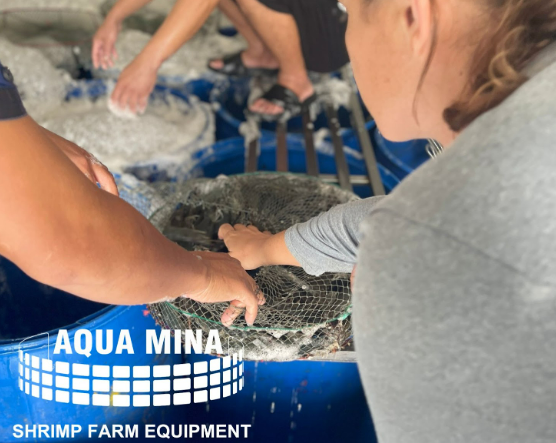
Seizing Strategic Opportunities
Although challenges remain in the U.S. market, particularly for shrimp, Mr. Truong Dinh Hoe, VASEP’s Advisor, emphasized that it’s not a dead end. The U.S. tariffs target only frozen shrimp, while processed, value-added shrimp products remain unaffected.
Vietnamese companies, with strong processing capabilities, can focus on this segment to offset losses from frozen shrimp. The shrimp industry should also further tap into Asian markets, the EU, and CPTPP member countries, and expand value-added exports to Japan.
For pangasius, Vietnam continues to hold a leading position in the U.S. market. Encouragingly, in the recent POR20 review, eight major pangasius exporters from Vietnam received a 0% anti-dumping duty, restoring confidence among U.S. buyers.
However, as reciprocal tariffs rise in the U.S. and China shows signs of slowing due to inventory buildup, pangasius exporters must diversify into ASEAN, South America, and the Middle East.
Outlook and Proactive Adaptation
According to VASEP, despite ongoing challenges, there are still opportunities in late 2025. The strong recovery of China, ASEAN, and Japan, along with technical barrier reductions from the EU, creates growth potential for value-added products.
Trade agreements like EVFTA, CPTPP, and UKVFTA continue to offer superior tariff advantages over competitor countries.

Forecast for 2025:
Total seafood exports are projected to reach USD 9–9.2 billion (down 8–10% compared to the USD 10 billion target).
Of this, shrimp is expected to bring in USD 3.6–3.8 billion, pangasius USD 1.8 billion, tuna USD 850–900 million, and other seafood products around USD 3 billion.
Achieving this goal requires businesses to secure raw materials, improve quality, invest in processing technology, and diversify markets.
Ms. To Thi Tuong Lan, Deputy General Secretary of VASEP, shared that in addition to traditional markets, Vietnam’s seafood industry is actively promoting trade in niche markets within CPTPP, ASEAN, and Asia, and is also expanding into emerging regions like South America and the Middle East.
To support businesses in market diversification, promote processing capabilities, and showcase high-quality products to international customers and partners, VASEP will organize the Vietnam International Seafood Exhibition (Vietfish 2025) from August 20–22 at the Saigon Exhibition and Convention Center (SECC).
Vietfish 2025 will feature a total exhibition area of 14,000 m², hosting 530 booths from 280 enterprises. In addition to domestic companies, the event will include 17 national pavilions from major seafood-producing countries such as Japan, China, South Korea, and the EU, promising to be a key hub for trade and aquaculture technology exchange in the Asian region.
Source: baotintuc.vn
Aqua Mina's distributor in Japan: REX INDUSTRIES CO., LTD
- Address: 1-9-3 Hishiya-Higashi, Higashi-Osaka 578-0948 JAPAN
- Email: kimakubo@rexind.co.jp
- Phone: +81-(0)72-961-9893
- Website: http://www.rexind.co.jp/e/
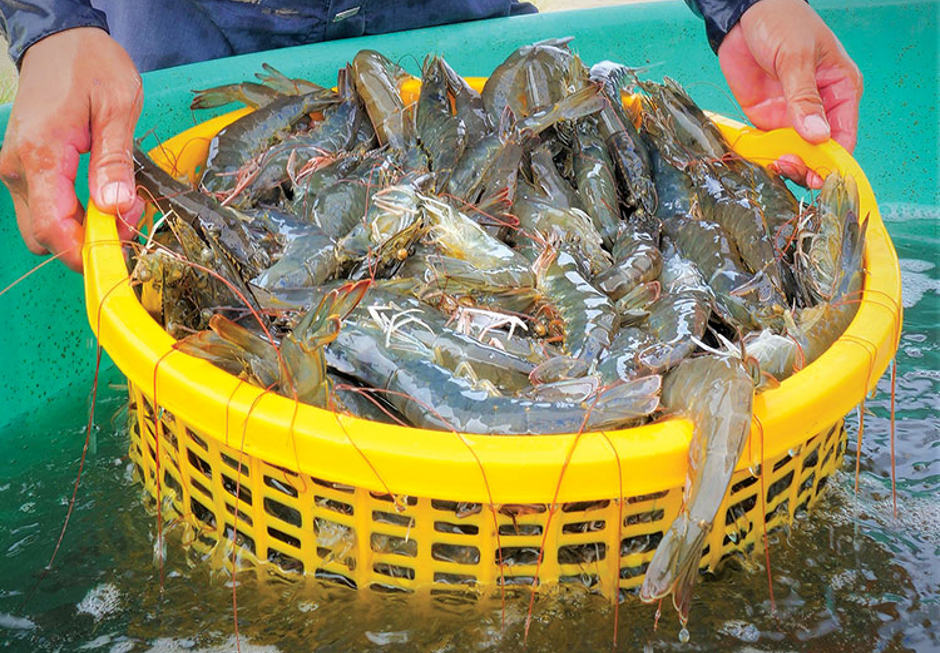
WE WORK FOR YOUR SUCCESS!
Ngày đăng : 29/08/2025
1567 View
Other Articles
Global Shrimp Forum: Global shrimp trade is reshaping
China’s Import Value Up 10%, Vietnamese Shrimp Remains Among Leading Suppliers
After the 7.5-magnitude offshore earthquake in Aomori that injured 34 people, Japan has issued a warning about a potential mega-earthquake
India’s shrimp exports accelerate despite the trade war with the United States
Portuguese food group acquires 18% stake in cod farming company Norcod
Indonesia implements radioactive-free shrimp certification for exports to the United States
India is world’s second-largest shrimp producer. That is now under threat
Ca Mau’s shrimp industry moves towards “green” growth
Floods devastate aquaculture, processing operations in Vietnam
Ecuador Leads Global Shrimp Exports, Surpassing USD 7 Billion in 2025
India's marine product exports rise 16% as new markets offset US dip
Skretting presents the first shrimp feed with insect meal in Vietnam








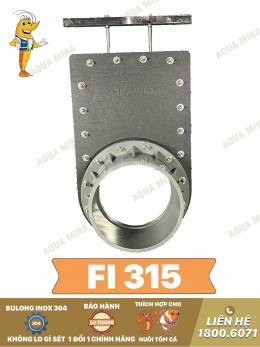
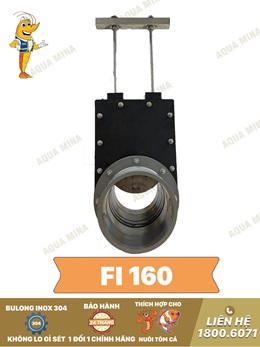
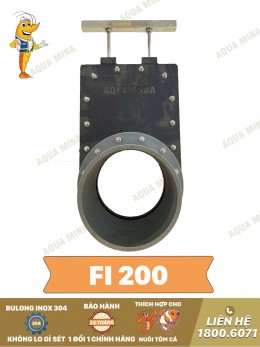
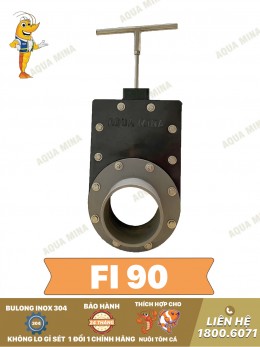
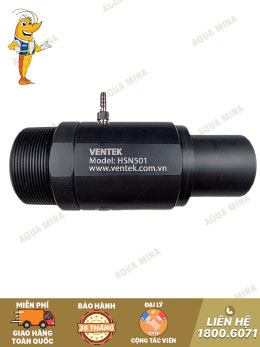
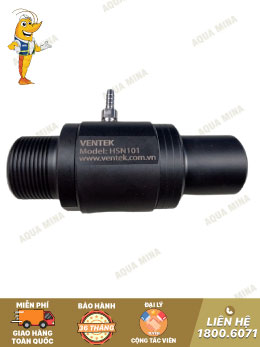
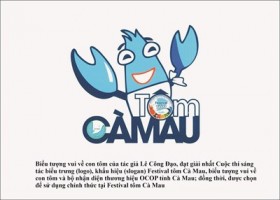
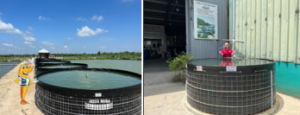
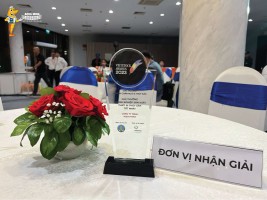
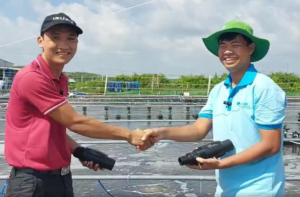
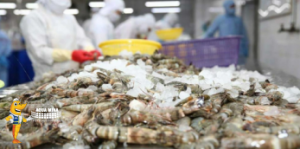
.jpg)